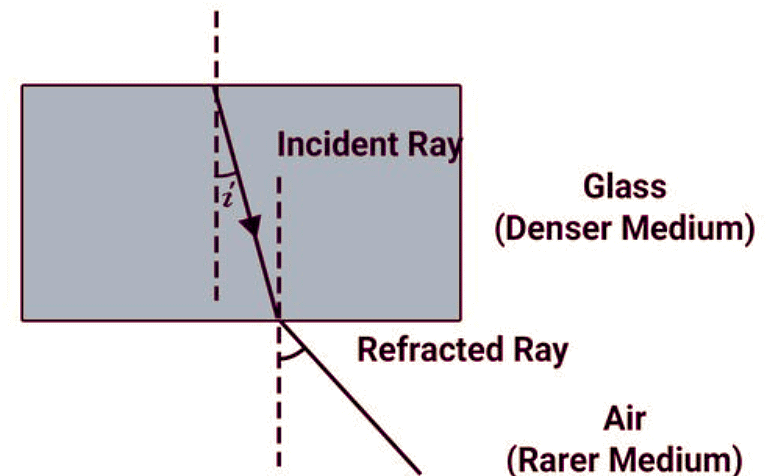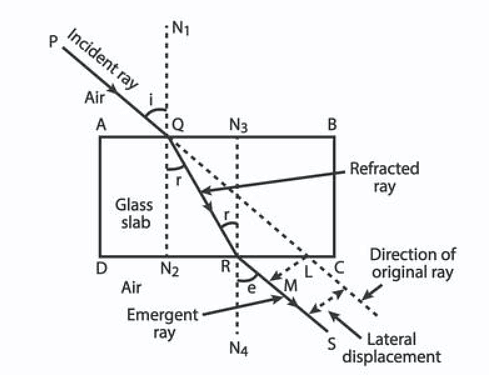Class 10 Exam > Class 10 Notes > Science Class 10 > Important Diagrams: Ray Optics - Light: Reflection and Refraction
Important Diagrams: Ray Optics - Light: Reflection and Refraction | Science Class 10 PDF Download
Reflection of Light

Refraction of Light


Refraction through rectangular glass slab

Image formation by concave mirror

Image formation by a convex mirror

Image formation by convex lens

Image formation by concave lens

The document Important Diagrams: Ray Optics - Light: Reflection and Refraction | Science Class 10 is a part of the Class 10 Course Science Class 10.
All you need of Class 10 at this link: Class 10
|
85 videos|437 docs|75 tests
|
FAQs on Important Diagrams: Ray Optics - Light: Reflection and Refraction - Science Class 10
| 1. What is the law of reflection of light? |  |
Ans. The law of reflection states that the angle of incidence is equal to the angle of reflection, and the incident ray, the reflected ray, and the normal to the surface at the point of incidence all lie in the same plane.
| 2. How does refraction occur through a rectangular glass slab? |  |
Ans. Refraction through a rectangular glass slab occurs when light enters the slab and bends towards the normal as it passes from air to glass, and then bends away from the normal as it exits the slab from glass to air.
| 3. How is an image formed by a concave mirror? |  |
Ans. An image is formed by a concave mirror when the object is placed beyond the focal point, and a real and inverted image is formed between the focus and the mirror, or when the object is placed between the focus and the mirror, a virtual and upright image is formed beyond the mirror.
| 4. What is the image formed by a convex mirror? |  |
Ans. A convex mirror always forms a virtual, erect, and diminished image of an object, regardless of the object's position in front of the mirror.
| 5. How is an image formed by a convex lens? |  |
Ans. An image is formed by a convex lens depending on the position of the object. If the object is placed beyond the focal point, a real and inverted image is formed between the focus and the lens. If the object is placed between the focus and the lens, a virtual and upright image is formed beyond the lens.

|
Explore Courses for Class 10 exam
|

|
Signup for Free!
Signup to see your scores go up within 7 days! Learn & Practice with 1000+ FREE Notes, Videos & Tests.
Related Searches

















